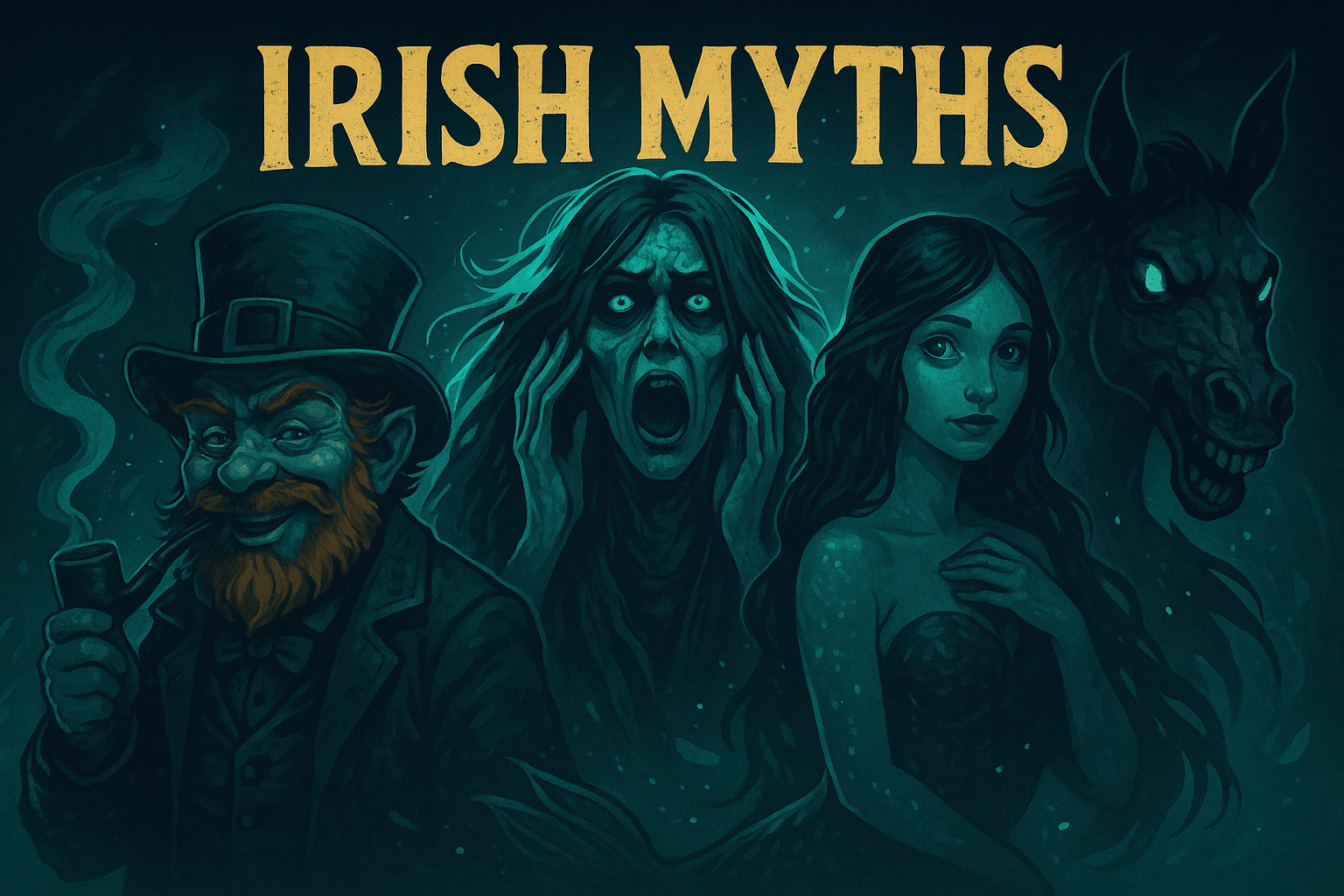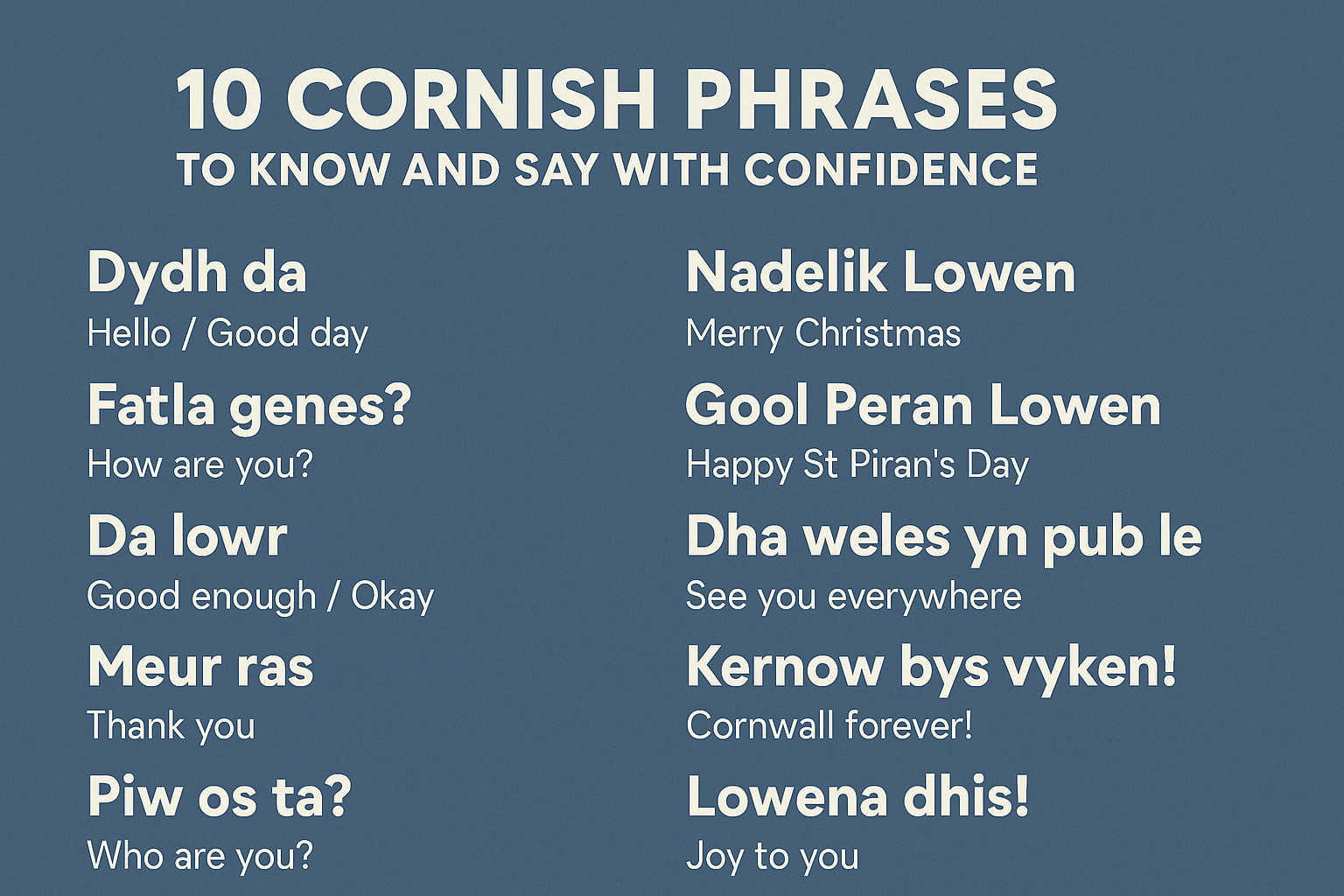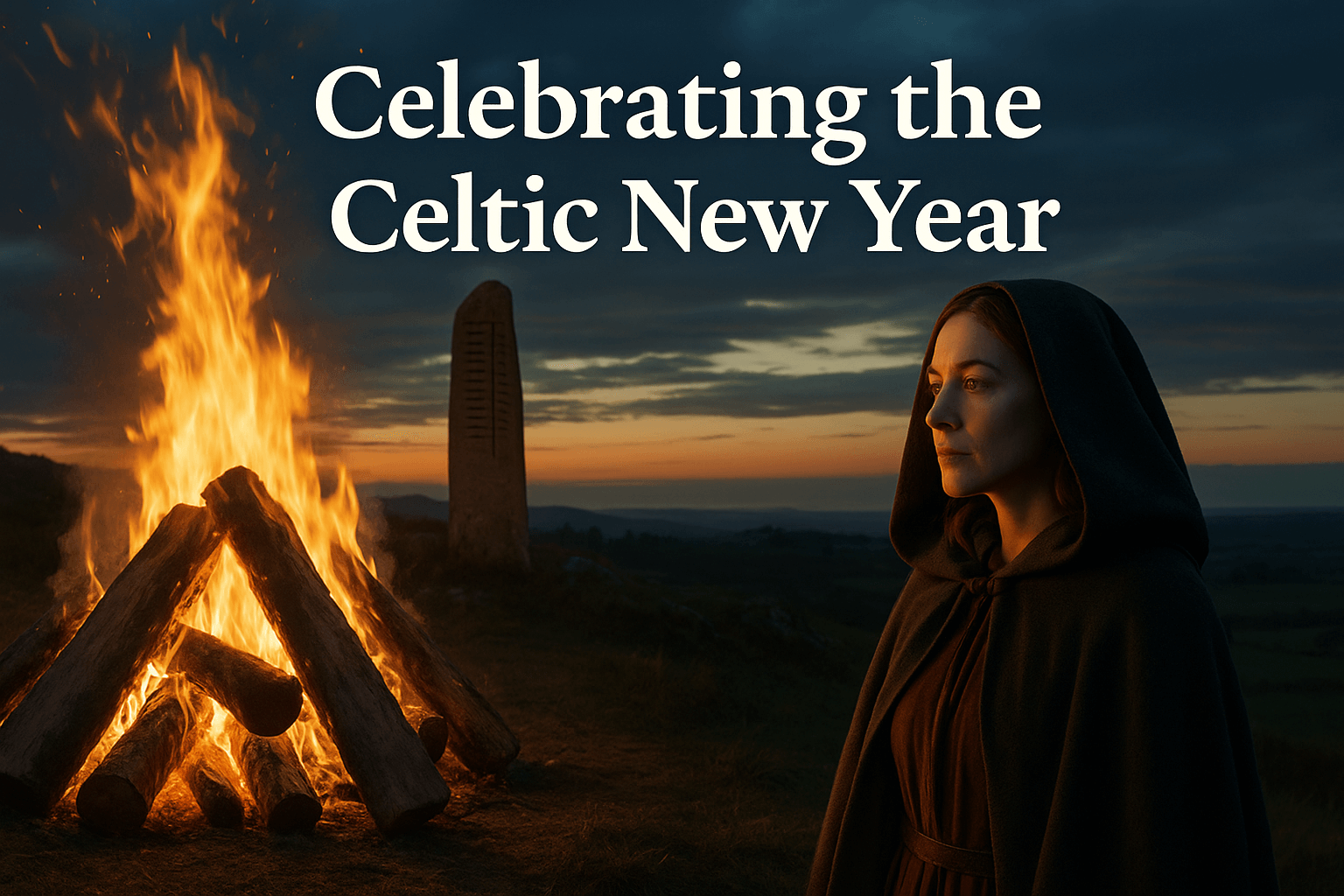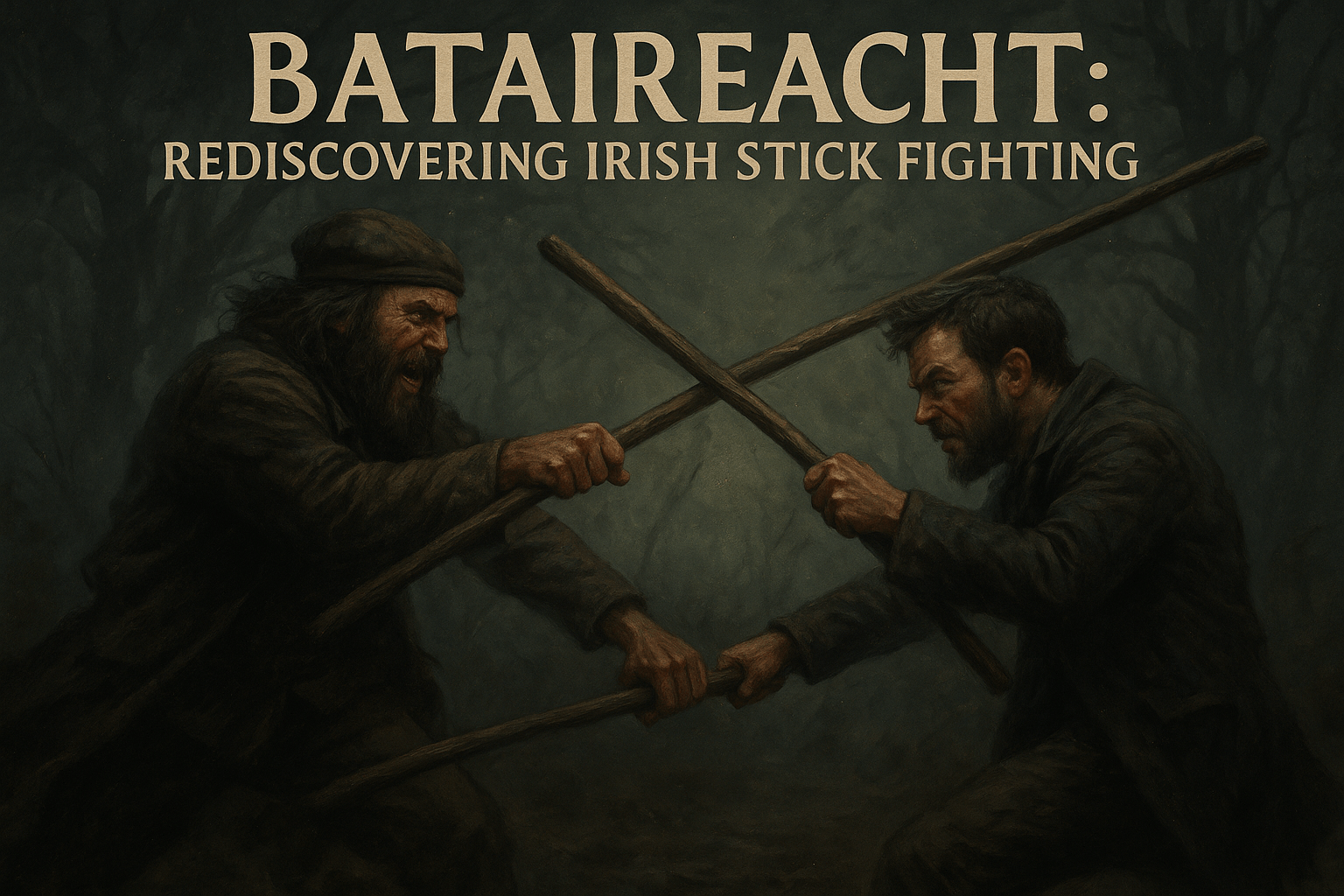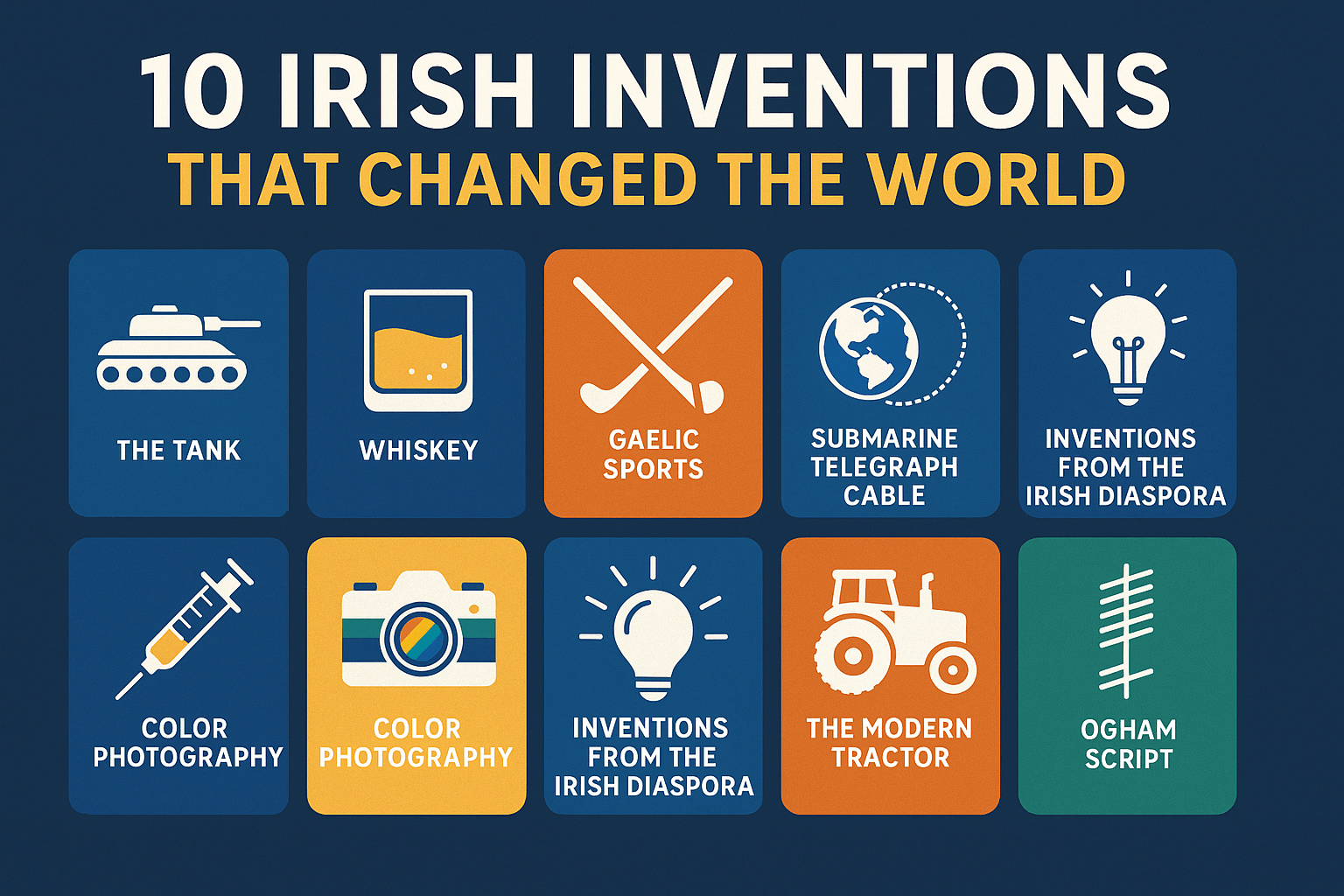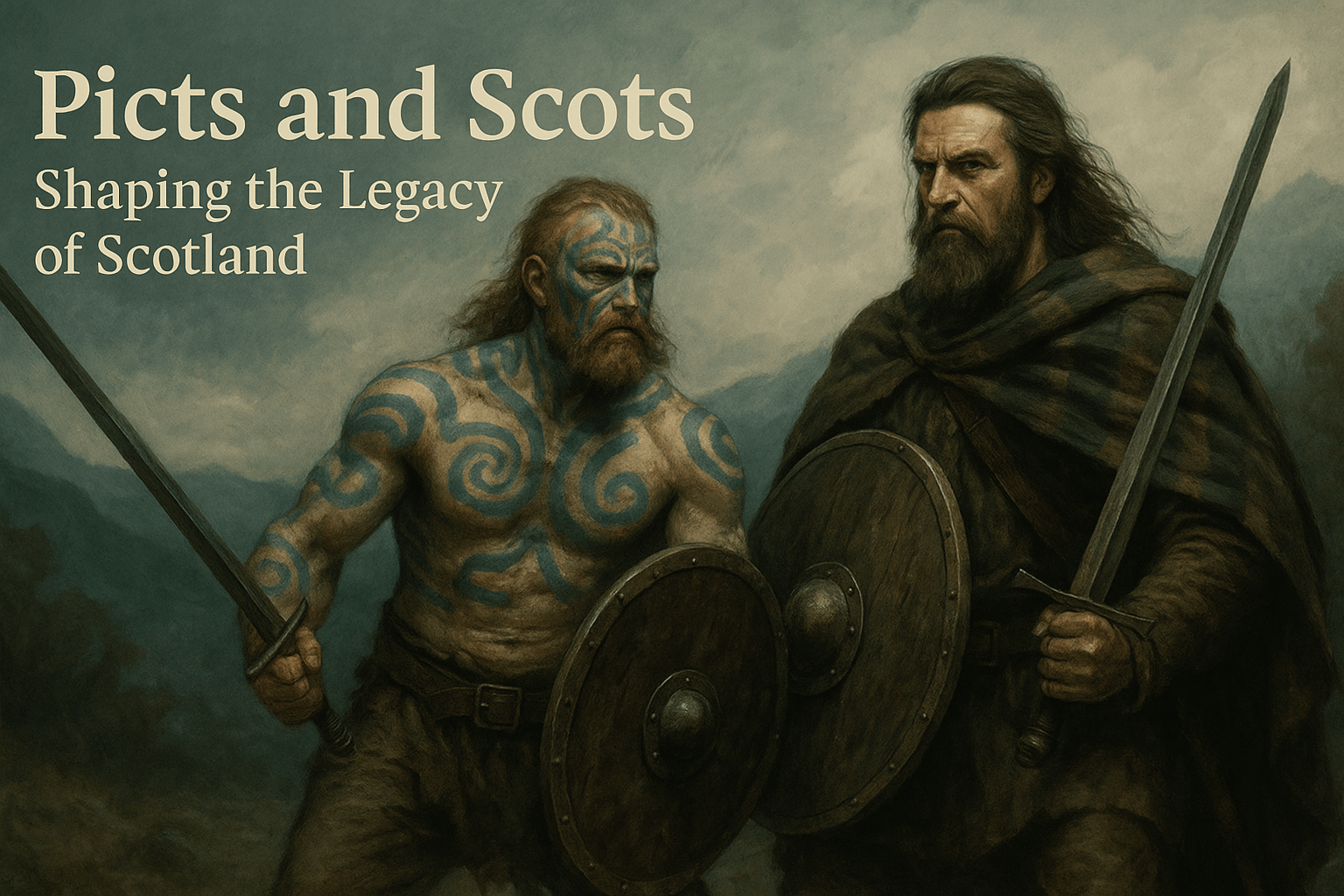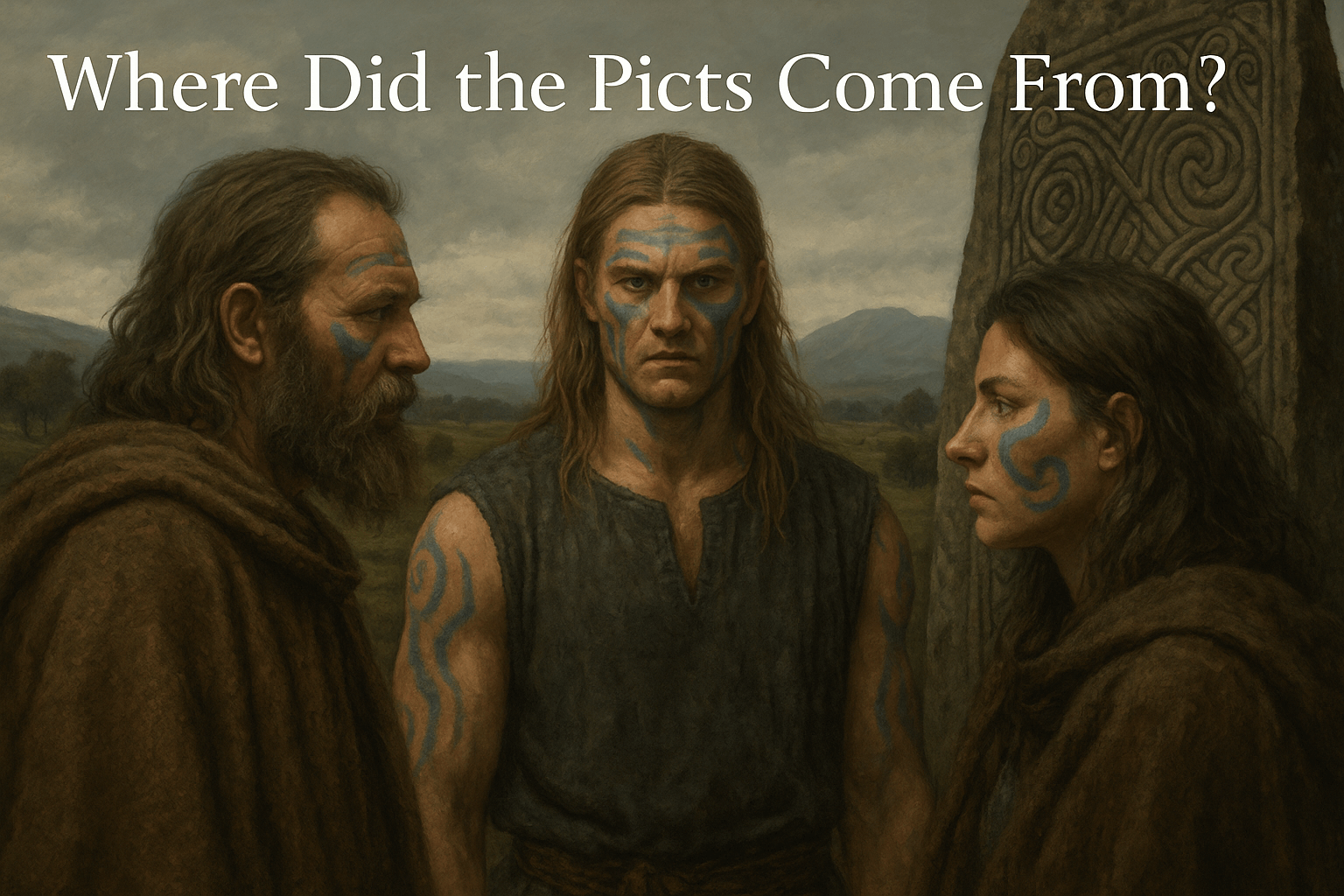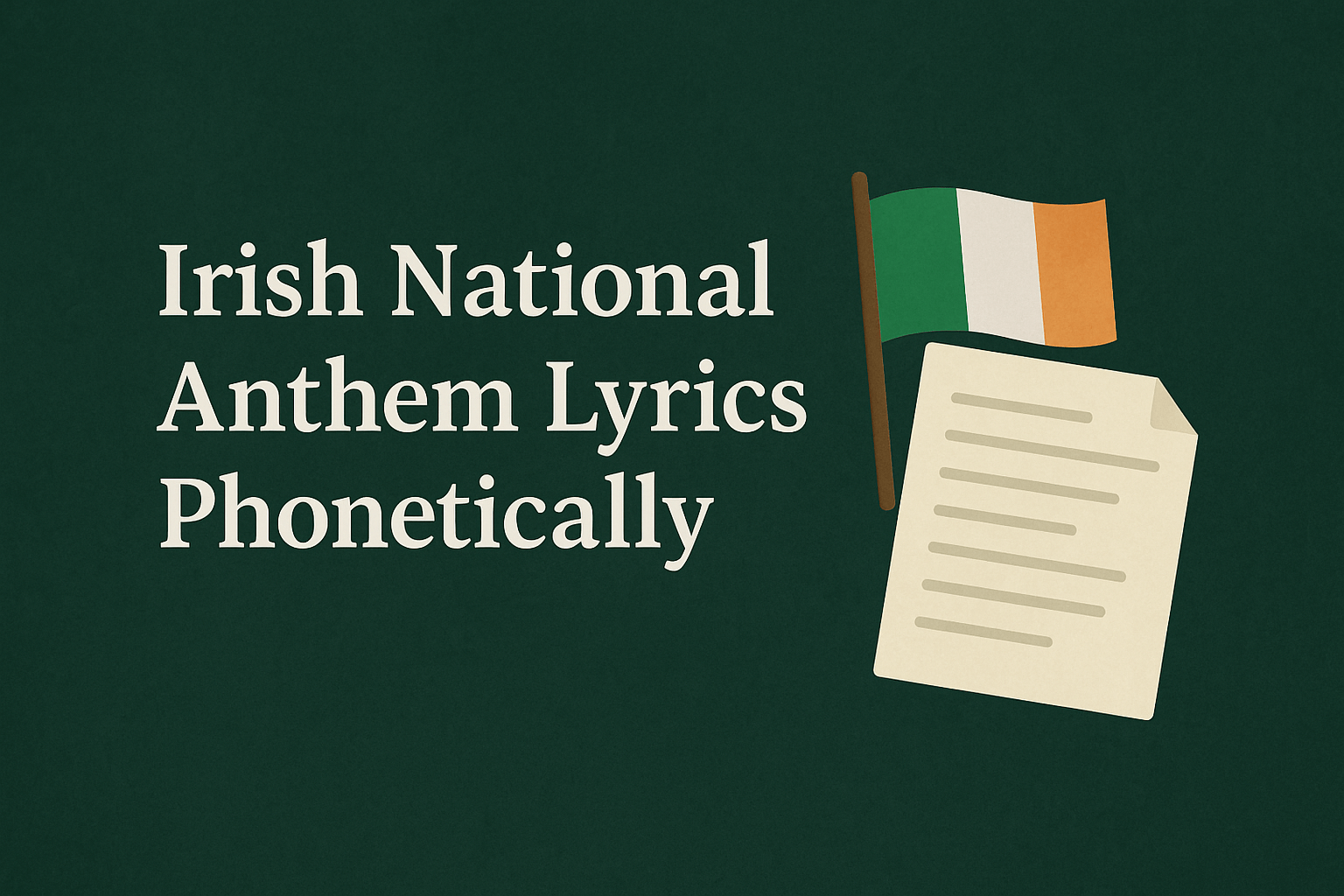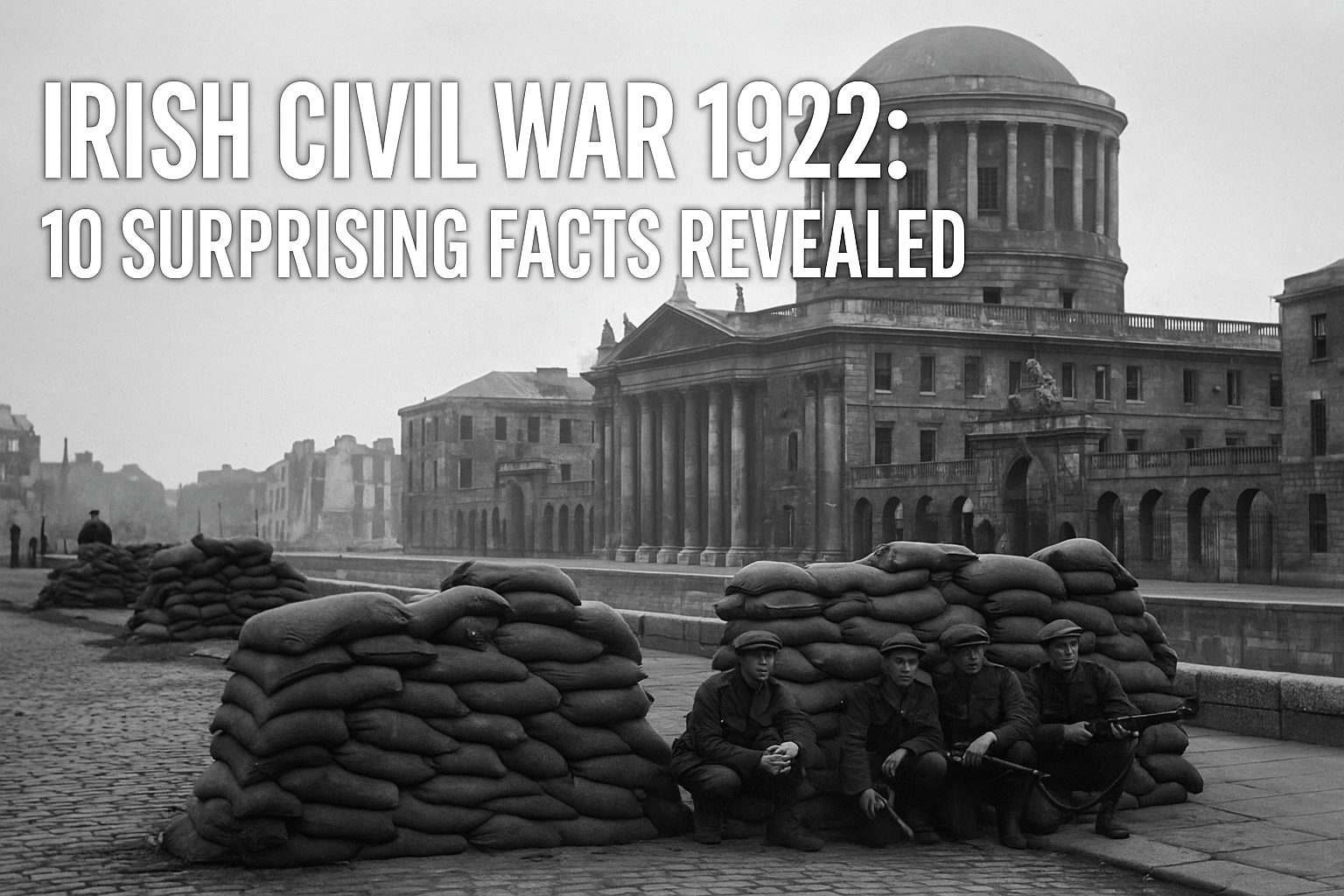Irish myths have captivated imaginations for centuries. These legends are more than bedtime stories; they are the living heart of Irish identity, passed down through oral tradition, song, and poetry. Whether it’s the mysterious banshee, the trickster leprechaun, or the transformative Púca, Irish myths bring us closer to the spiritual and cultural beliefs of the Celtic world. In this article, we delve into some of the most iconic Irish myths, their historical roots, and why they continue to influence global culture today.
The Origins of Irish Myths
The foundation of Irish mythology rests in Celtic tradition, a web of heroic tales, magical beings, and sacred lore. These stories were preserved in ancient manuscripts like the “Book of Invasions” and the “Táin Bó Cúailnge.” Originally part of an oral tradition, these myths were eventually written down by monks, often blending pagan beliefs with Christian influences.
Irish myths served not just as entertainment but as tools for teaching values, explaining natural phenomena, and preserving lineage. They connected people to the land, the seasons, and the spiritual world.
1. The Enigmatic Banshee: A Harbinger of Death or a Benevolent Spirit?
Few figures in Irish folklore are as widely known as the banshee. Derived from the Irish “bean sí,” meaning “fairy woman,” the banshee is said to wail or keen when someone is about to die.
Key Aspects:
- Appearance: Sometimes described as an old crone, other times as a beautiful woman with long silver hair.
- Function: Her keening is a mourning song, often heard near the home of the dying.
- Symbolism: The banshee represents both loss and protection, alerting families to impending death.
Despite her ominous reputation, the banshee is not malevolent. She acts more as a guardian, continuing the Irish tradition of ancestral veneration.
2. Shapeshifting Myths in Ireland: What Do They Reveal About Our Identity?
Shapeshifting is a recurring theme in Irish myths, symbolizing the ever-changing nature of identity and reality.
Famous Shapeshifters:
- Púca: A mischievous creature that can appear as a horse, goat, or even a human.
- Selkies: Seal-people who shed their skins to become human.
These creatures blur the line between human and animal, mortal and fae. They often carry moral lessons about trust, deception, and transformation.
3. From Leprechauns to Merrows: The Fascinating Diversity of Irish Mythical Creatures
Irish folklore is populated by an array of creatures, each with its own story and significance.
Notable Creatures:
- Leprechauns: Solitary shoemakers with a hidden pot of gold.
- Merrows: Irish mermaids who live beneath the sea, wearing red caps to move between worlds.
- Dullahan: A headless rider who signals death.
- Fir Bolg and Tuatha Dé Danann: Mythical races involved in epic battles for Ireland.
These beings reflect human desires, fears, and our relationship with nature and the supernatural.
4. Beyond Borders: Exploring the Global Influence of Irish Myths and Legends
From Hollywood films to bestselling fantasy novels, Irish myths continue to resonate with audiences worldwide.
Global Touchpoints:
- Literature: J.R.R. Tolkien and C.S. Lewis drew inspiration from Celtic mythology.
- Cinema: Films like Darby O’Gill and the Little People and Song of the Sea showcase Irish legends.
- Video Games: Modern games like Hellblade: Senua’s Sacrifice explore themes rooted in Celtic lore.
These adaptations keep Irish mythology alive and introduce it to new generations.
5. The Timeless Appeal Of The Otherworldly: Why We Still Believe In Fairies Today
Irish myths are not relics of the past; many people still believe in the fairies and respect their traditions.
Why the Belief Endures:
- Cultural Pride: Respecting fairy lore is a way of honoring ancestors.
- Symbolism: Fairies often represent justice, mischief, or nature’s power.
- Community Ties: In rural Ireland, folklore shapes local traditions and seasonal festivals.
Comparing Irish fairies to Japanese Yōkai or Norse elves reveals common archetypes and universal human concerns.
Learn Irish, Understand Myth
Myths come alive when experienced in their native tongue. Learning Irish opens a deeper door to mythology, allowing learners to appreciate nuance and wordplay lost in translation. If this inspires you to go beyond reading and start speaking Irish, Gaeilgeoir AI offers a rich platform to support your journey.
Explore Irish Language Lessons for Beginners or browse our guide to learning Gaelic to get started.
Conclusion: Why Irish Myths Matter
Irish myths are more than charming stories—they are the cultural DNA of Ireland. They teach us about life, death, transformation, and the unseen world that exists alongside our own. These myths bridge the ancient and the modern, the fantastical and the real.
By exploring Irish mythology, you not only engage with captivating tales but also embrace a deeper understanding of Irish language, heritage, and identity.
Ready to immerse yourself further in the Celtic world? Sign up today with Gaeilgeoir AI and connect with Irish language and culture through interactive lessons powered by cutting-edge AI.
Discover your voice in Ireland’s oldest stories.
